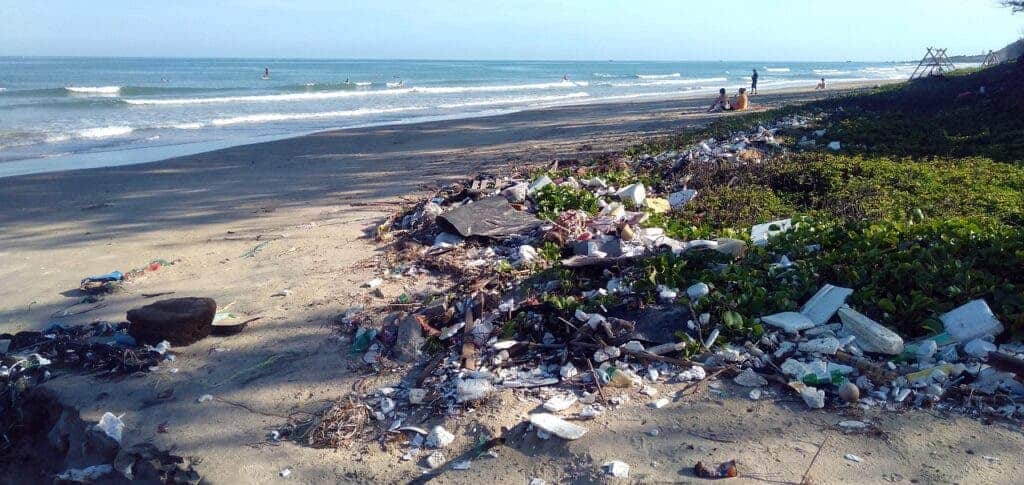
Plastic pollution, ranging from massive floating trash to microplastics on which bacteria can create entire ecosystems, is estimated to enter the oceans between five and 13 million metric tons each year, according to one estimate. There are approximately 12 trillion to 125 trillion bits of microplastics floating in the seas. However, scientists are trying to make lemonade from lemons where they can.
According to a recent student-led study presented at the American Society for Microbiology’s conference in Washington, D.C. on June 9-13, 2022 which has yet to be peer-reviewed, conducted in partnership with the Scripps Institution of Oceanography, plastic contamination in the ocean could actually be a source for novel antibiotics.
Plastic waste is high in biomass, making it a suitable candidate for antibiotic synthesis, which occurs naturally in highly competitive ecosystems.
“Considering the current antibiotic crisis and the rise of superbugs, it is essential to look for alternative sources of novel antibiotics,” said study lead author Andrea Price of National University. “We hope to expand this project and further characterize the microbes and the antibiotics they produce.”
The researchers adapted Jo Handelsman’s Tiny Earth citizen science approach, a method to discover antibiotics from soil bacteria, to marine circumstances to investigate the plastisphere’s potential as a source of new antibiotics. For 90 days, the researchers incubated high- and low-density polyethylene plastic (often used in supermarket bags) in water near Scripps Pier in La Jolla, California.
Five antibiotic-producing bacteria, including Bacillus, Phaeobacter, and Vibrio species, were recovered from ocean plastic by the researchers. They examined the bacterial isolates against a number of Gram-positive and negative targets and discovered that they were efficient against both common bacteria and two antibiotic-resistant species.
Plastic waste is gathering in pockets across the Earth’s oceans, such as the Great Pacific Garbage Patch, and even the Arctic Ocean and Antarctica’s icy polar regions are not immune to the global danger of plastic waste.
Researchers have also warned that plastic pollution, which includes everything from huge floating trash to microplastics, could provide enough surface area for bacteria to flourish and build entire ecosystems. They claim that certain of these microbial ecosystems may pose a worldwide health danger by hosting antibiotic-resistant bacteria.
If the antibiotics, do indeed, turn out to be novel and effective, then there might be at least some small sliver of bright lining in the ocean’s plastic problem.






